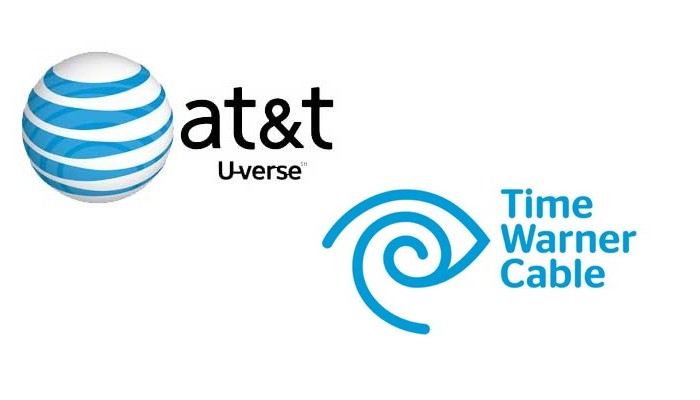AT&T and TWC Merger
November 1, 2016
On Saturday October, 22nd AT&T announced the purchase of TIme Warner for $85 billion. AT&T hopes to use this merger to usher in a new age of video streaming and availability by combining a major entertainment company, with broadband TV and a mobile communications service. While AT&T may think that this deal is a sign of very good things to come, that may not be the case for the average consumer.
There are many pros and cons to the merger between Time Warner and AT&T. Firstly, AT&T would have access to one of the largest television audiences in the present market and would be able to draft and create many more contracts between different television agencies. Supposedly this merger would also draw in many more advertisers because of the potential financial benefits for consumers do to the multi medium configuration and be able to target potential buyers with more accuracy do to AT&T data on its customers. This would allow AT&T and Time Warner to become a potential enemy to cable TV.
However, there are also a few cons to the merger. AT&T could choose to heavily favor TV shows and channels from Time Warner on DirecTV, another one of AT&T’s recent purchases. Other problems could also arise in the area of customer privacy. AT&T could use this new medium to track its users with even more ferocity. While the consolidation of two services into one should lower prices, in most previous cases the opposite has happened. This is normally the case because regulators cannot cap the price of services when they are placing conditions on the deal. Therefore, companies can do whatever they want in terms of raising the prices of their services because of their new merger. While this merger may turn out to be a positive event, most signs show that this will negatively affect the average consumer.

